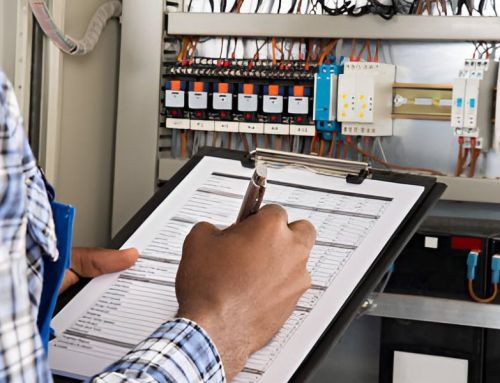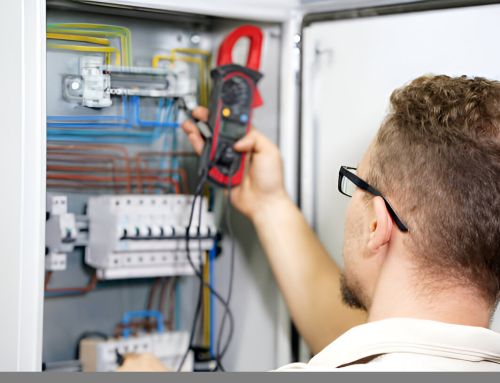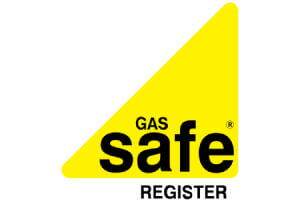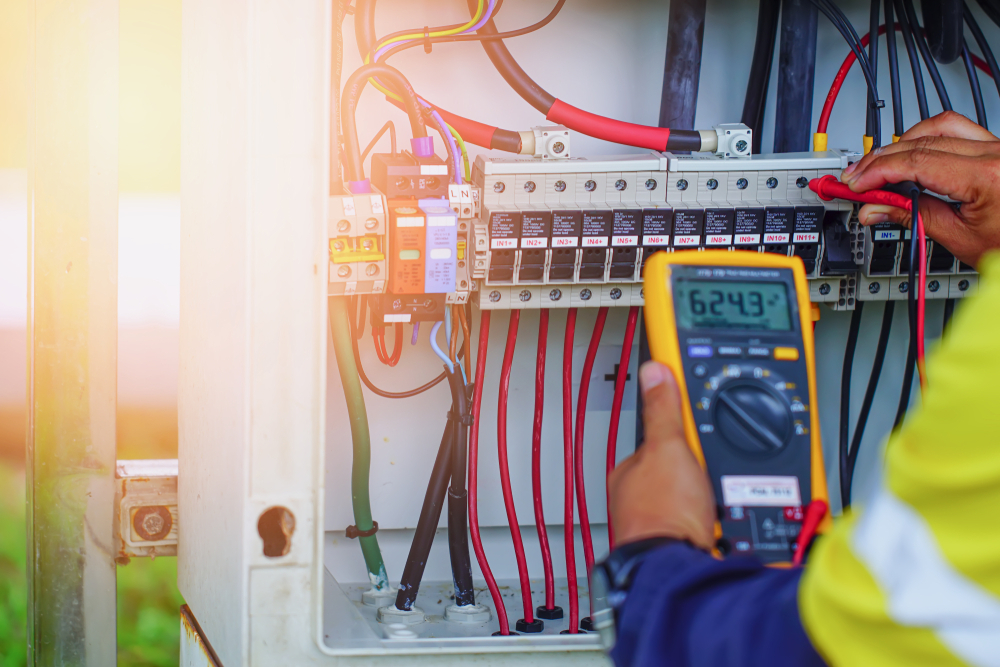
In the context of conducting an Electrical Installation Condition Report (EICR), it is commonly misconceived that every circuit within an installation must be thoroughly tested. However, industry standards and guidelines suggest a more nuanced approach, focusing on a representative selection of circuits. This strategy not only streamlines the assessment process but also highlights areas that might pose the greatest risk. By examining why certain circuits are prioritized over others and the implications of not testing every circuit, one can better understand the balance between comprehensive safety and practical assessment within electrical testing protocols. What, then, are the criteria for selecting these circuits, and what risks do untested circuits carry? Let’s understand Is Testing Every Circuit Required in an EICR Inspection
What Is an EICR, and What Does It Involve?
An Electrical Installation Condition Report (EICR) is a formal document produced following a thorough assessment of the electrical systems and installations within a residential, commercial, or industrial property.
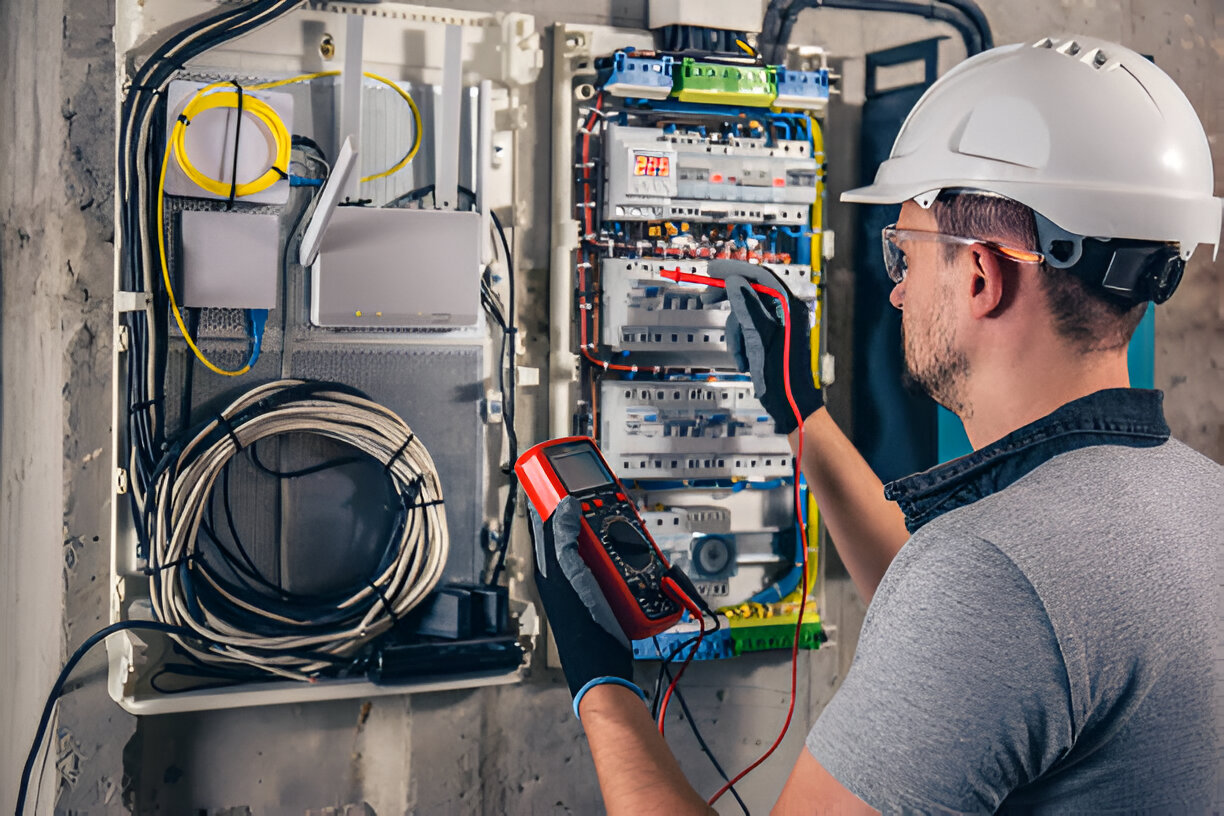
Is Testing Every Circuit Required in an EICR Inspection
This comprehensive review is carried out by a qualified electrician or approved contractor to determine the safety and compliance of the property’s electrical infrastructure with current wiring regulations and standards. The EICR identifies any deficiencies or deviations from the norm that could potentially compromise safety or operational efficiency.
The process involves several key steps, starting with a visual inspection of the electrical installations. This includes checking the condition of wiring, earthing systems, and protective devices such as circuit breakers and residual current devices (RCDs).
Following the initial inspection, a series of electrical tests are conducted to verify the integrity and functionality of circuits and systems. These tests measure earth fault loop impedance, insulation resistance, and RCD operation time, among other parameters.
The data collected from these assessments is meticulously documented, providing a clear and detailed overview of the electrical system’s condition.
Any observed anomalies or non-compliance issues are noted, and recommendations for remedial actions are made. This ensures that the electrical installations not only meet the required safety standards but also support optimal performance and reliability.
Are All Circuits Tested During an EICR Inspection?
While conducting an Electrical Installation Condition Report (EICR), not every circuit within the installation is necessarily tested. The EICR aims to determine the safety and compliance of an electrical system with prevailing wiring regulations. It involves selective testing which strategically covers various types of circuits to provide a comprehensive safety overview without necessarily inspecting each one individually.
This selective approach is guided by both the condition and the complexity of the electrical installation. Experienced inspectors focus on circuits that represent the overall system’s condition, including those that are more susceptible to wear and tear, environmental influences, or heavy usage.
The testing involves a mixture of visual inspections and electrical tests. Key tests include insulation resistance, circuit continuity, and earth fault loop impedance tests, which help in identifying potential safety risks like shock hazards or fire risks.
Moreover, critical areas such as consumer units, protective devices, and connections are prioritized to ensure they operate correctly and safely. The outcome of these tests contributes to the overall assessment of the electrical installation’s integrity and compliance with safety standards, facilitating the identification of necessary remedial actions to maintain the system’s reliability and safety.
Why Some Circuits May Not Be Tested During an EICR
Testing limitations during an Electrical Installation Condition Report (EICR) often stem from practical constraints and risk-based prioritization. Certain circuits may not undergo testing due to their critical role in maintaining essential services. For example, circuits that support emergency lighting, fire alarms, or other safety-related systems might not be de-energized for testing without implementing temporary alternative measures, which can be complex and costly.

Additionally, the physical inaccessibility of some wiring or components can preclude comprehensive testing. In older buildings or those with extensive modifications, access to wiring behind fixed installations without causing damage or significant disruption might not be feasible. This scenario necessitates a judicious decision-making process, prioritizing circuits that are accessible and potentially more susceptible to faults.
The operational necessity of certain circuits can also justify their exclusion from routine testing. For instance, circuits that support critical medical equipment, data centers, or manufacturing processes where downtime could result in significant financial loss or risk to human life are often spared during scheduled EICR testing phases.
In these instances, alternative risk management strategies, such as increased monitoring or partial testing during less critical operational periods, are employed to maintain safety and compliance without compromising essential services.
What Factors Determine Which Circuits Are Tested in an EICR?
Several key factors influence the selection of circuits for testing during an Electrical Installation Condition Report (EICR). Understanding these factors is essential to ensure comprehensive safety assessments without redundant or excessive procedures. Here are the primary determinants:
- Age and Condition of Installation: Older installations or those showing signs of wear and deterioration are prioritized due to higher risk factors. The age factor significantly influences the degradation rate of electrical components, which can pose increased safety risks.
- Type of Premises: The nature of the premises (residential, commercial, industrial) affects the testing scope. Industrial environments, for example, might have more complex systems and machinery that require detailed checks compared to residential settings.
- Previous Test Results and Modifications: Historical data from past EICRs provide insights into areas with recurring issues or recent upgrades. Modifications or additions to the electrical system often necessitate targeted testing to ensure they meet safety standards.
- Environmental Factors: Exposure to moisture, heat, chemicals, or excessive dust can degrade electrical components more quickly and necessitate more frequent testing of affected circuits.
These criteria help electricians and inspectors decide which circuits need attention, optimizing the testing process while ensuring safety and compliance with regulatory standards.
The Importance of Testing High-Risk Circuits in an EICR
Identifying and evaluating high-risk circuits during an Electrical Installation Condition Report (EICR) is crucial for ensuring the safety and reliability of an electrical installation. High-risk circuits are typically those that serve critical operational functions or are in areas with increased hazard potential. Such circuits may include those supplying power to fire alarm systems, emergency lighting, medical equipment, or machinery in industrial settings.
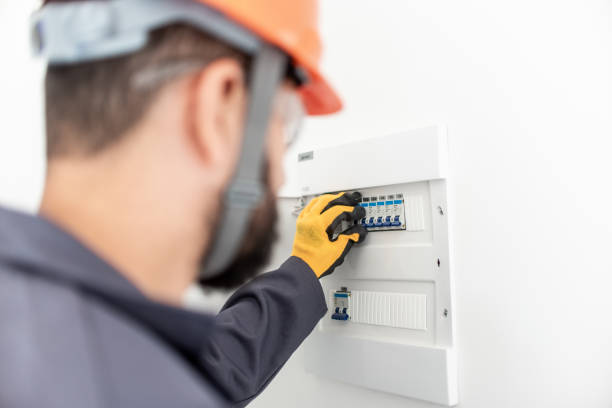
The meticulous testing of these circuits ascertains their operational integrity and compliance with current electrical safety standards. This process involves assessing the wear and resistance of insulation, the correctness of circuit protection, and the adequacy of earthing and bonding.
It is imperative to conduct a thorough analysis of these factors, as failure in high-risk circuits can lead to severe consequences, including fire hazards, equipment failures, and safety risks to personnel.
Moreover, periodic testing of these circuits helps in preempting potential system failures by identifying deteriorations early, thereby allowing for timely remedial actions.
This proactive approach not only enhances the safety of an electrical installation but also contributes to the longevity of the electrical infrastructure, ensuring that it continues to perform efficiently and safely.
What Happens if a Circuit Is Not Tested During an EICR?
What are the consequences when a circuit is not tested during an Electrical Installation Condition Report (EICR)?
Not testing a circuit during an EICR can lead to several critical issues that might compromise the safety and efficiency of an electrical installation. Below is a detailed breakdown of the potential consequences:
- Undetected Safety Hazards: Key safety hazards such as ground faults, insulation failures, or potential short circuits remain unidentified.
This oversight can result in electrical shocks or fires, posing serious risks to occupants and property.
- Non-compliance with Regulations: Electrical installations must comply with national safety standards.
An incomplete EICR may fail to demonstrate compliance, leading to legal implications, fines, or mandatory corrective actions at additional costs.
- System Reliability Issues: Unexamined circuits may harbor issues that affect the overall reliability and performance of the electrical system.
This can lead to intermittent power outages, equipment malfunctions, and increased operational downtime.
- Financial Liabilities: Ignoring a circuit during testing might lead to future costly repairs and replacements once failures occur.
Insurance claims might also be jeopardized if it’s found that due diligence in maintenance was not followed.
How Often Should an EICR Be Conducted for Complete Electrical Safety?
To ensure complete electrical safety, the frequency of conducting an Electrical Installation Condition Report (EICR) varies depending on the type of property and its usage. For residential properties, it is typically recommended to perform an EICR at least every 10 years or with each change of occupancy.

For rental properties, regulations may require more frequent inspections, generally every 5 years, or at each change of tenancy, whichever comes first.
Commercial establishments should undergo this assessment more frequently, with a standard interval of 5 years, although high-risk environments, such as industrial locations or those with extensive public usage, might necessitate examinations as often as every 3 years.
This regimen ensures that all electrical systems and circuits are maintained in a safe, functional state and comply with current electrical safety standards. The assessment covers multiple facets of the electrical installation including wiring, switchgear, and protective devices.
This proactive approach is vital to identify deteriorations, defects, and non-compliances that could pose potential safety hazards.
Moreover, technological advancements or changes in safety regulations may also dictate the necessity for more frequent EICRs to ensure ongoing compliance and safety assurance.
Thus, adherence to these guidelines is crucial for maintaining electrical integrity and safeguarding occupants.
Conclusion
In conclusion, an EICR selectively tests circuits to assess the condition of an electrical system effectively. This approach prioritizes high-risk circuits and areas susceptible to wear or damage while considering operational and safety constraints. Regular EICR assessments, conducted as per recommended intervals, ensure ongoing electrical safety and compliance. Unchecked circuits require diligent monitoring to mitigate potential risks, emphasizing the importance of a strategic, well-informed approach to electrical inspection and maintenance.
Our Pricing
| Our Electrical Safety Certificate Prices |
|---|
| Studio Apartment £67.99 |
| 1 – 3 Bedroom £94.99 |
| 4 Bedroom £104.99 |
| 5 Bedroom £139.99 |
Check Out Our Other Services
| EICR | Commercial EICR | Emergency Light Certificate |
|---|---|---|
| Electrical Diagnostic | PAT Testing | Fuse Box Installation |
About the Author: LandlordCertificate
Related Posts
Get Social
Recent Posts
- Domestic Fire Alarm Installation: Protecting Your Home and Family with Reliable Fire Safety Systems
- Asbestos Management Survey Report: Complete Guide for Property Owners and Duty Holders
- Emergency Lighting Test Certificate: A Complete Guide for UK Properties in 2025
- Portable Appliance Testing Cost in 2025: Everything You Need to Know
- Energy Performance Certificate Requirements Explained for 2025


